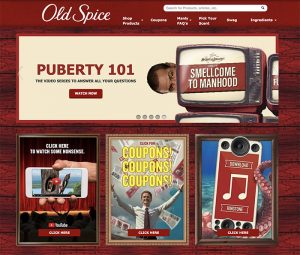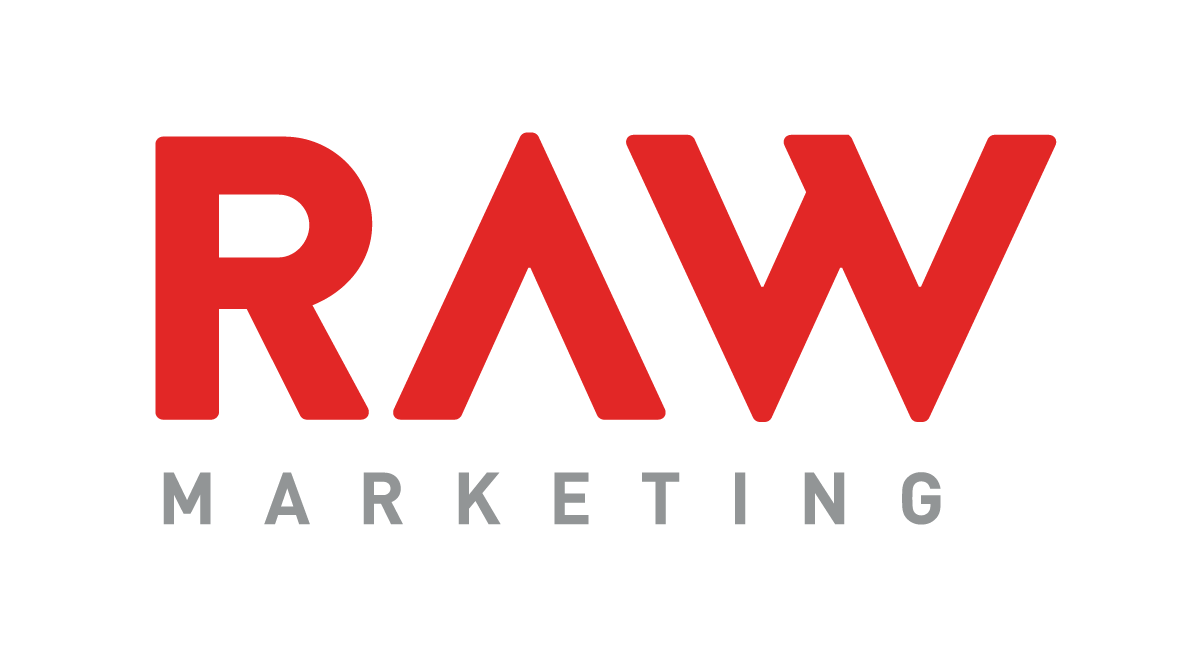The importance of graphic design to your campaign
When I tell people I’m a graphic designer I get a mix of responses. With follow up questions like “so you draw all day?” to “do you make memes for a living?” it is clear that not everyone knows what goes on at the desks of their go-to-creatives.
I’m here to clear up any confusion, graphic design is a field full of passionate storytellers. Through design, you can shape a campaign, create trust and drive all-important brand recognition. Designers help create the first impression for your brand when you meet a new client, and we all know how important that meeting can be.
So just what is graphic design and why is it important to your campaign?
Not just a pretty face
There is a common misconception that designers aim to make collateral that ‘looks good’. To an extent that’s true – we do want what we create to be visually appealing, otherwise no one would stop to take it in. But the most challenging task designers face is not how to making something look good, it’s how to make your collateral as clear and functional as possible. Designers are problem-solvers, finding ways to convey your message in a way that will resonate with your desired viewers.
If you’d like to see a great example of functional design, check out the subway maps created by Italian graphic designer Massimo Vignelli. I know what you’re thinking, “Can a map really be an example of exciting design?” The answer to this of course is an emphatic yes! In the mid 1960s Vignelli was faced with the challenge of creating a subway map to make New York commuting easy and accessible. He assessed the needs of his client and in the end turned this complex concept into a modern design that could be used by the masses.

“I strive for two things in design: simplicity and clarity. Great design is born of those two things.”
Lindon Leader
Showing your true colours
No, this isn’t an endorsement for the musical stylings of Cyndi Lauper (let’s face it – she doesn’t need the marketing), this is about understanding that design greatly affects the perceptions your current and future clients have of your business.
A classic example of a company who made design and marketing changes to better align customer perceptions is Old Spice. Old Spice, a brand that has been around for more than 80 years, makes male grooming products that were perceived to be only for older men. To combat this perception, in 2010 Old Spice introduced their now famous marketing ‘Man Your Man Could Smell Like’ campaign, with messaging and designs targeted towards their new market. Visit the company’s website today and you’ll be bombarded with designs suited to younger Old Spice users.

Take a moment to look at your current marketing collateral and try and decide what it says about your business. Does your collateral tell your clients that you are up to date with the latest in technology? Does your collateral exude a sense of trust and reliability, or cheap service and fast turnaround times? Whatever the goal and vision for your business, your designer can help you reinforce this message.
One size does not fit all
From selecting your collateral type to writing copy, all the decisions you make throughout the campaign cycle should be about communicating in the most effective way to your desired target audience. As such, you’ll find that different audiences may require different strategies. You wouldn’t assume, for instance, that you could speak to a student about your service in the same way as you would the principal of the school they attend.
In a world where personalisation is encouraged and expected, showing your understanding for your target market by speaking to them in their own language can go a long way. In the same way designers need to be conscious of the message they are conveying, they also need to find the right voice visually to communicate in the most effective way to your desired target market.
You may be thinking “But we want marketing collateral that reaches everyone!”. Remember, not all design is about reaching the masses, sometimes you just need to stand out to the right people to make your message count.

“Thinking about design is hard, but not thinking about it can be disastrous.”
Ralph Caplan
The bigger picture
Marketing campaigns rely on each element working cohesively together for optimal results. It’s why at RAW we look at the bigger picture to bring you campaigns that consider all angles, including design. Think of every campaign as an opportunity to add to your brand story, and the more your collateral sings the same tune the louder your overall message will be.
Remember – good design will tell you a headline, great design will tell you a story.
So talk to us today about how we can inject new life into your designs and create cohesive campaigns for your business.
Design Is History, Massimo Vignelli, February 2019 http://www.designishistory.com/1960/massimo-vignelli
Milton Glaser, I Love NY Campaign, February 2019, https://www.miltonglaser.com/


